Hidden Meanings: How to Explain Love and Friendship Through the Eyes of Antoine de Saint-Exupéry’s The Little Prince
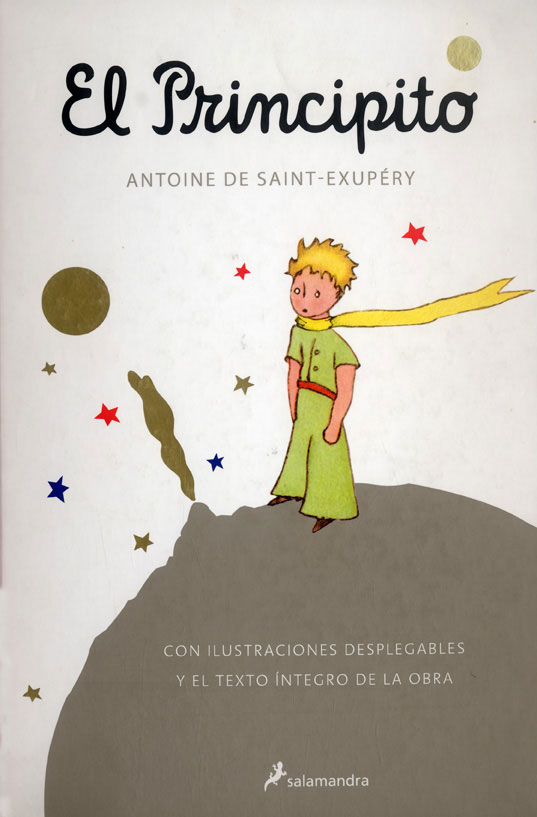
Antoine de Saint-Exupéry’s The Little Prince is far more than a simple children’s book. Beneath its delicate prose and whimsical illustrations lies a profound exploration of human relationships, love, and friendship. The novella, first published in 1943, has touched the hearts of readers across generations, inviting them to see the world with fresh eyes and to understand the true essence of human connections.
At its core, The Little Prince is a meditation on the invisible ties that bind people together. Through the eyes of its titular character, the book teaches us that love and friendship are not just fleeting emotions but acts of commitment, understanding, and responsibility. This article delves into the hidden meanings of love and friendship in The Little Prince, exploring how Saint-Exupéry masterfully conveys these themes and why they continue to resonate with readers today.
The Fox’s Lesson: “You Become Responsible, Forever, for What You Have Tamed”
One of the most memorable and touching moments in The Little Prince occurs when the little prince meets the fox. Their conversation is central to understanding Saint-Exupéry’s message about love and friendship. Initially, the fox is just another animal to the prince—one among many. However, as they spend time together, the fox explains that through the act of “taming,” they can become special to one another.
The fox’s lesson is simple yet profound:
“One sees clearly only with the heart. What is essential is invisible to the eye.”
This idea encapsulates the essence of love and friendship. True connection is not based on appearances or superficial interactions; it is built through shared experiences, trust, and emotional bonds. The act of “taming” someone means investing time and effort in them, forging a connection that makes them unique in the world.
In modern relationships, this lesson remains relevant. Love and friendship require patience and dedication. They are not instantaneous; rather, they grow through moments of laughter, shared secrets, and even misunderstandings. The fox’s wisdom reminds us that the people we cherish are special not because of what they appear to be, but because of the deep bonds we have formed with them over time.
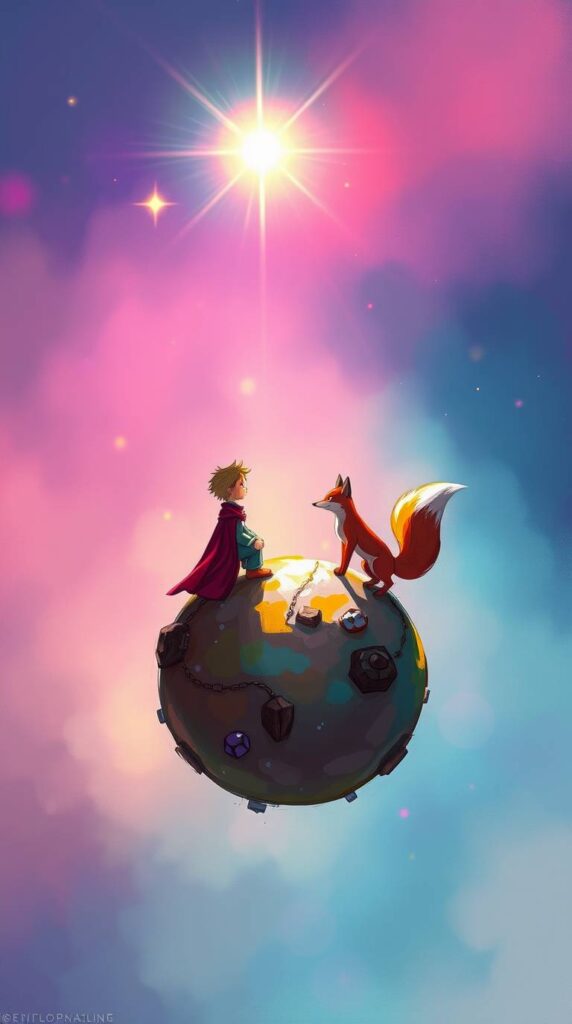
The Rose: Love and the Responsibility It Entails
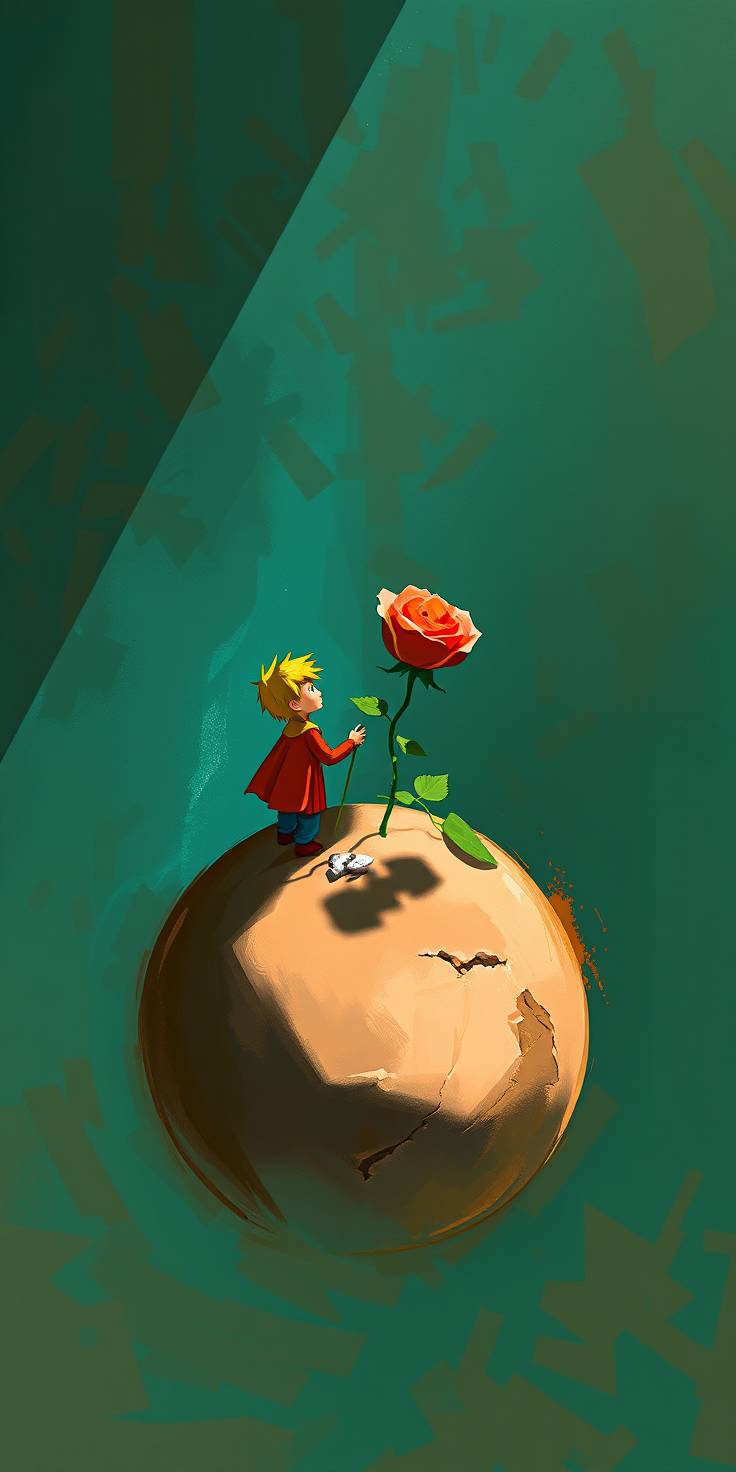
The little prince’s relationship with his rose is another pivotal aspect of the book’s exploration of love. The rose, which grows on the prince’s home planet, is beautiful yet demanding. She asks for constant attention, complains, and even deceives him, yet the prince loves her deeply. Frustrated by her behavior, he initially leaves her behind to explore the universe, only to later realize that she is unique and irreplaceable.
Through the prince’s journey, Saint-Exupéry illustrates an important truth: love is not about perfection. The rose, like all loved ones, has flaws. However, the prince’s care and devotion to her make her special. The realization that his rose is unique—because of the time he has spent caring for her—is a powerful metaphor for real-world relationships.
This theme is especially relevant in the modern age, where relationships are often challenged by unrealistic expectations. The idea that love should be effortless and perfect leads many to give up on relationships too soon. The Little Prince teaches us that true love requires patience, understanding, and a willingness to embrace imperfection. As the fox tells the prince:
“It is the time you have wasted for your rose that makes your rose so important.”
Love is not about finding someone flawless but about choosing to care for someone despite their imperfections. It is a commitment that goes beyond fleeting emotions and stands the test of time.
The Lonely Adults: A Critique of Superficial Relationships
Throughout his travels, the little prince meets a series of peculiar adults, each representing a different flaw in human nature. The king, the vain man, the drunkard, the businessman, and the geographer all symbolize aspects of adulthood that have lost touch with the true meaning of life and relationships.
The businessman, for instance, is obsessed with counting the stars, claiming ownership over them, yet he does nothing with them. His attachment is purely materialistic, lacking any emotional connection. This contrasts sharply with the prince’s love for his rose, which is meaningful precisely because of the care he has given her.
These characters serve as a critique of the modern world, where relationships are often treated superficially. People collect social media friends, count their followers, and pursue status, but they may lack deep, meaningful connections. Saint-Exupéry warns us against this hollow approach to relationships, reminding us that true friendship and love cannot be measured in numbers or possessions.
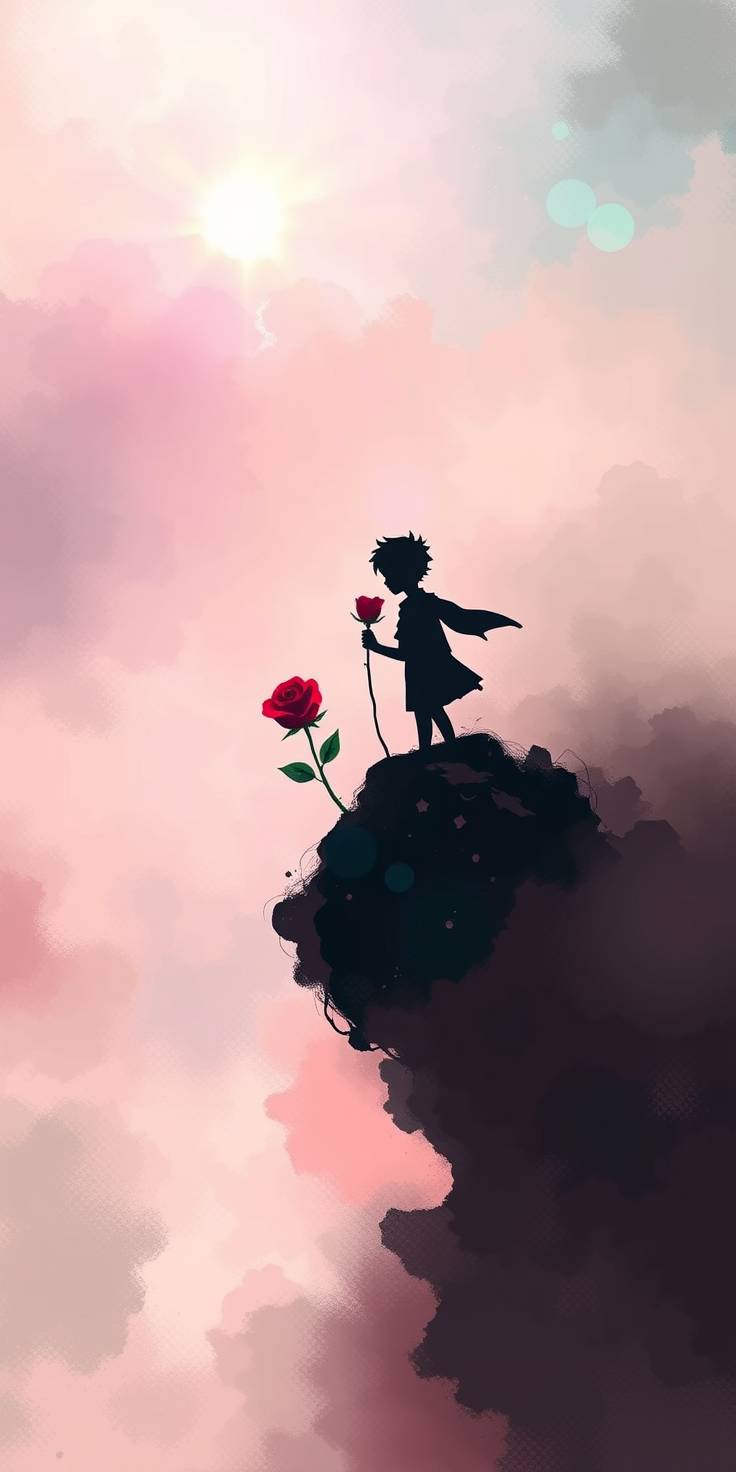
The Pilot and the Little Prince: The Beauty of Unlikely Friendships
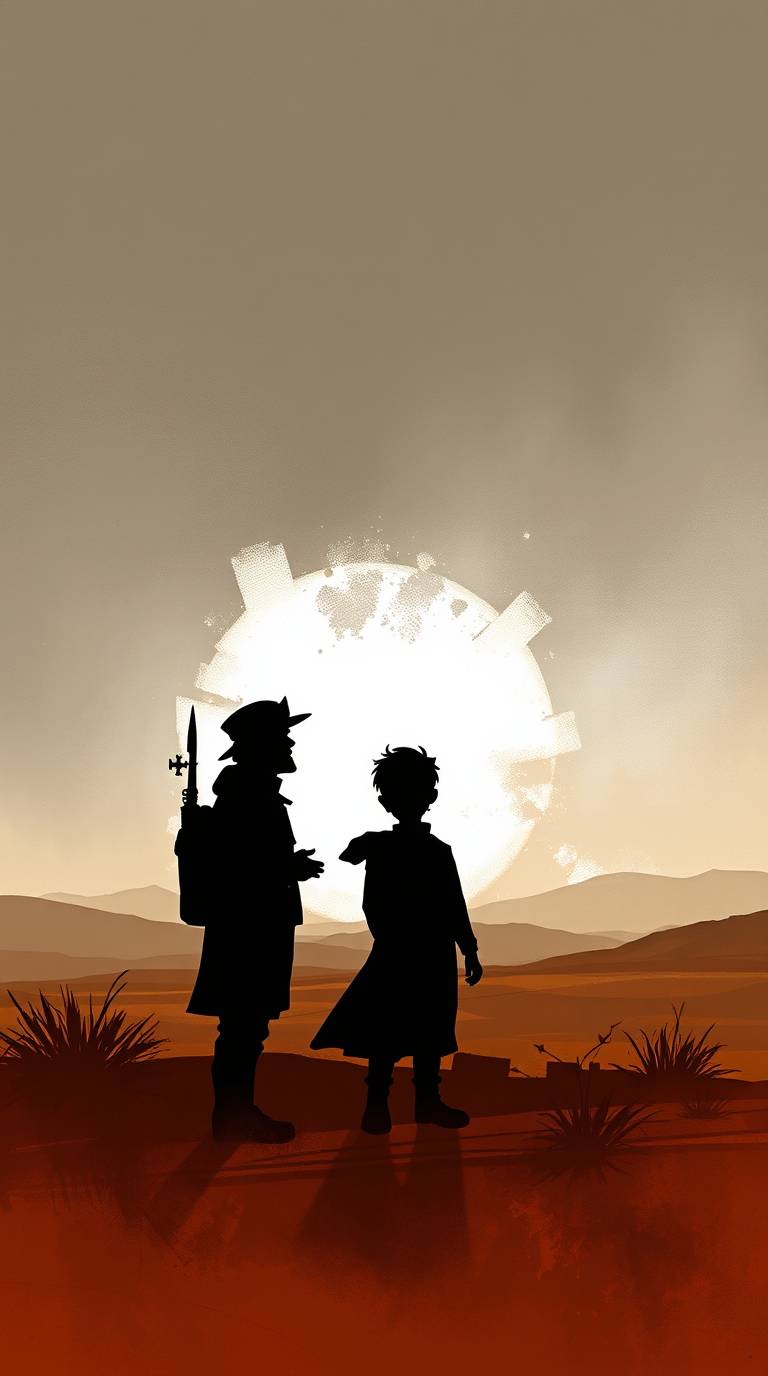
At the heart of The Little Prince is the relationship between the narrator—the stranded pilot—and the prince. Their bond is unexpected, formed in a desolate desert under dire circumstances. Yet, through their conversations, they develop a deep friendship that changes the pilot’s perspective on life.
This friendship demonstrates that meaningful connections can arise in the most unlikely places. It also reinforces the idea that true friendship is about understanding, listening, and being present. As the pilot comes to appreciate the prince’s wisdom, he rediscovers the wonder and imagination that adulthood had stripped away from him.
This is an important lesson in a world where people often seek friendships based on convenience, status, or similarity. The Little Prince teaches us that the most profound connections can come from unexpected encounters—if we are open to them.
The Departure: The Pain of Love and the Beauty of Memory
Toward the end of the book, the little prince chooses to leave, returning to his planet and his rose. His departure is bittersweet, as it represents both loss and the enduring power of love. He reassures the pilot that he will still be present in the stars, saying:
“You—you alone will have the stars as no one else has them… When you look at the sky at night, since I shall be living on one of them, since I shall be laughing on one of them, for you it will be as if all the stars are laughing.”
This passage beautifully conveys the idea that love and friendship transcend physical presence. Even when someone is no longer with us, the memories and impact they leave behind remain. Love does not end with absence; it transforms into something deeper, something eternal.
This is a particularly poignant message for anyone who has experienced loss. Whether through distance, separation, or even death, The Little Prince reassures us that love persists in the heart, in memories, and in the way we carry forward the lessons and joy that person has given us.

Conclusion: The Invisible Bonds That Define Us
Antoine de Saint-Exupéry’s The Little Prince remains one of the most touching and insightful explorations of love and friendship in literature. Through the lessons of the fox, the rose, and the little prince’s journey, we learn that true connection requires effort, patience, and emotional investment. We are reminded that love is not about perfection but about responsibility, and that friendships—no matter how brief—can shape our lives in profound ways.
In a world that often prioritizes speed and convenience over depth and meaning, The Little Prince serves as a timeless reminder of what truly matters. It invites us to slow down, to nurture our relationships, and to see with the heart rather than just the eyes. As the fox wisely tells the prince,
“You become responsible, forever, for what you have tamed.”
Perhaps the greatest lesson of The Little Prince is that love and friendship are not just about finding the right people—they are about becoming the right person for those we choose to cherish.
So, as you navigate the relationships in your own life, ask yourself: Are you truly seeing with your heart?

